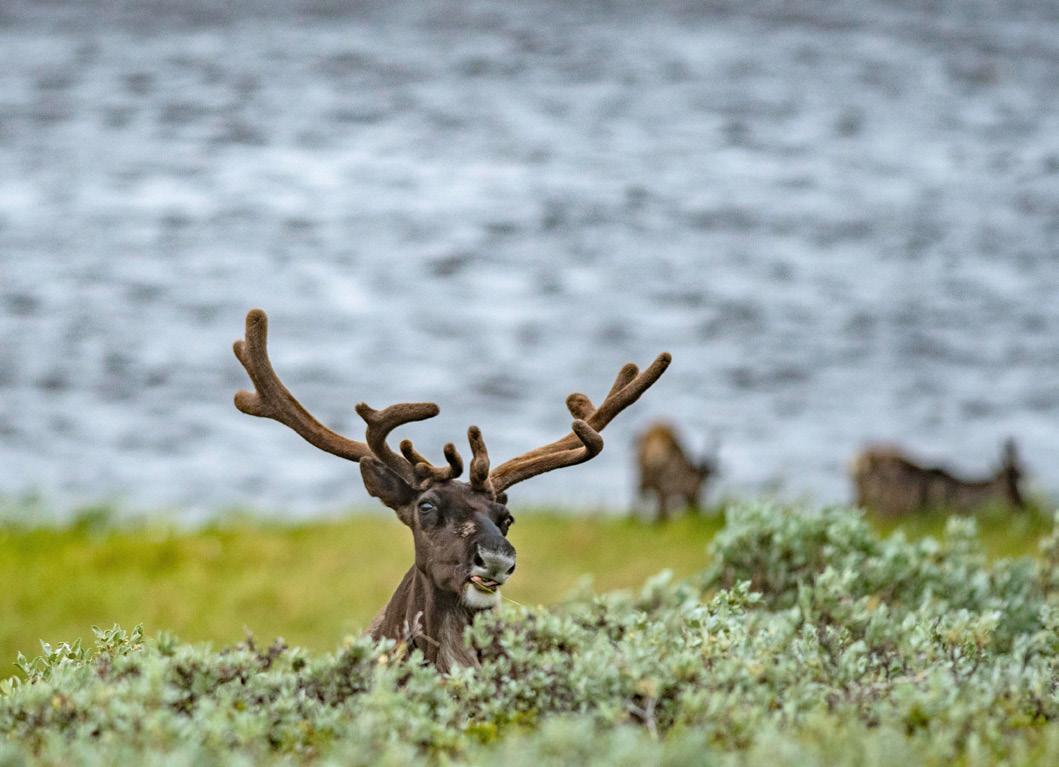
2 minute read
Climate change threat to wild landscapes
Wild, treeless landscapes are becoming more wooded as climate change leads to warming temperatures and wetter weather, claims new research by Edinburgh scientists.
According to a team of researchers from Edinburgh University environmental changes to temperature are causing trees and shrubs to spread across the tundra and the savanna, transforming these vast, open areas that contain unique biodiversity.
Advertisement
The researchers fear the dramatic transformations to these regions – which account for some 40 per cent of the world’s land – could alter the global carbon balance and climate system. This is because woody plants store carbon, provide fuel for fires and influence how much of the sun’s heat is reflected back into space.

As the tundra warms, habitats for wildlife such as reindeer could be altered and these herbivores, in turn, could influence changes in shrubs.
Photo by Jeffrey Kerby_National Geographic Society
Evidence from recent studies has found that as well as affecting the climate, increasing woody plant cover could alter the unique biodiversity of areas home to diverse species including caribou in the tundra and elephants in the savanna.
Rapid warming in the Arctic tundra – spanning northern parts of Canada, the US, Greenland, northern Europe and Russia – has increased shrub plant cover there by 20 per cent over the past 50 years.
Expanding shrub cover could raise soil temperatures in the tundra, leading to thawing of the permafrost – frozen ground that contains nearly half of the world’s soil carbon.
Scientists found that shrub tree cover in savannas - which includeAfrica's plants, Australia's outback and the drylands of South America - rose by 30 per cent during the same period as rainfall increased.

Shrubs have been growing taller, faster and expanding into new areas in the tundra as Arctic temperatures have warmed over the last few decades
Photo by Mariana García Criado
The team carried out the largest global woody cover change study of its kind to date. They compared temperature and rainfall data with more than 1,000 records of plant cover change from almost 900 sites across six continents.
They also found that other factors – including wild fires and animal grazing patterns – affect shrub and tree cover, revealing that variables shaping the future of the tundra and the savanna are more complex than previously thought.
“This research indicates the far-reaching effects of climate change across the planet. Uncovering the ways in which different landscapes are responding requires collaboration among scientists, and cooperation with local peoples to better understand the changes we’re seeing and their impacts from different perspectives,” said Mariana García Criado, of the University of Edinburgh’s School of GeoSciences, who led the study.

Shrubs have been growing taller, faster and expanding into new areas in the tundra as Arctic temperatures have warmed over the last few years.
Photo by Mariana García Criado










